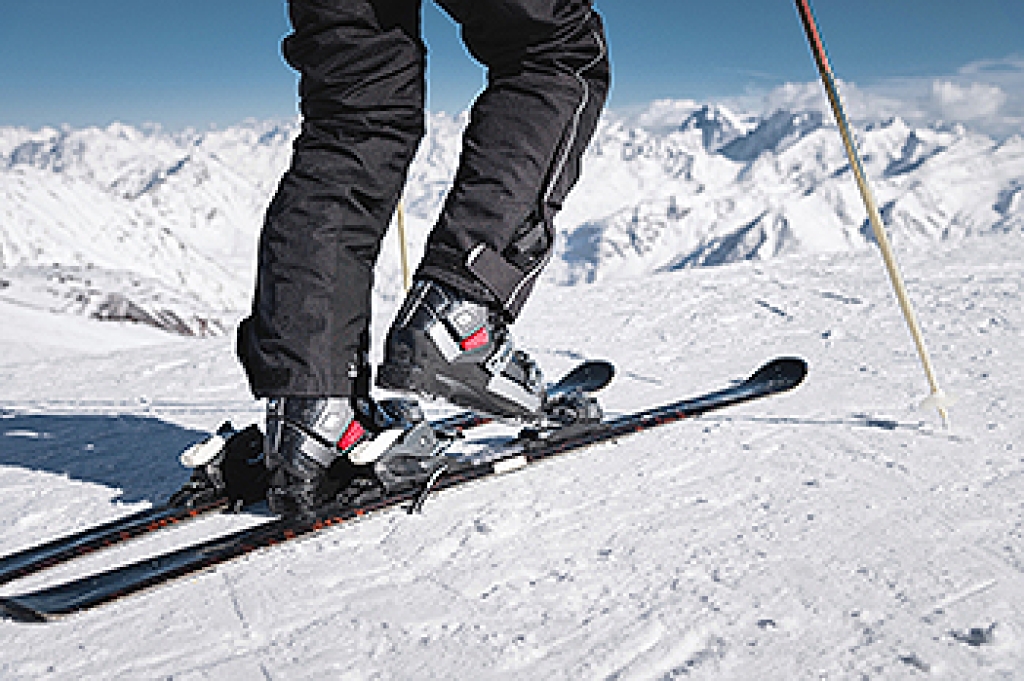
Skiing places significant stress on the feet, with several bones playing a critical role in maintaining balance and control. The ankle is vital for flexibility and movement, allowing skiers to adjust their stance. The heel bone, or calcaneus, absorbs the impact from skiing and helps with stability. The navicular bone, located on the inner side of the foot, supports the arch and contributes to shock absorption. The forefoot, consisting of the metatarsals, bears much of the skier's weight, especially during turns and jumps. The toes provide balance and grip inside the ski boot, enabling precise control over the skis. Proper alignment and strength in these bones are important for preventing injuries and ensuring optimal performance on the slopes. If you have injured your foot while skiing, it is suggested that you consult a podiatrist who can treat various foot conditions, and guide you on how to protect your feet and ankles while enjoying your desired sport.
If you have any concerns about your feet, contact one of our podiatrists from Premier Ankle & Foot Specialists. Our doctors can provide the care you need to keep you pain-free and on your feet.
Biomechanics in Podiatry
Podiatric biomechanics is a particular sector of specialty podiatry with licensed practitioners who are trained to diagnose and treat conditions affecting the foot, ankle and lower leg. Biomechanics deals with the forces that act against the body, causing an interference with the biological structures. It focuses on the movement of the ankle, the foot and the forces that interact with them.
A History of Biomechanics
- Biomechanics dates back to the BC era in Egypt where evidence of professional foot care has been recorded.
- In 1974, biomechanics gained a higher profile from the studies of Merton Root, who claimed that by changing or controlling the forces between the ankle and the foot, corrections or conditions could be implemented to gain strength and coordination in the area.
Modern technological improvements are based on past theories and therapeutic processes that provide a better understanding of podiatric concepts for biomechanics. Computers can provide accurate information about the forces and patterns of the feet and lower legs.
Understanding biomechanics of the feet can help improve and eliminate pain, stopping further stress to the foot.
If you have any questions please feel free to contact our offices located in South York, West York, and East York, PA . We offer the newest diagnostic and treatment technologies for all your foot and ankle needs.




